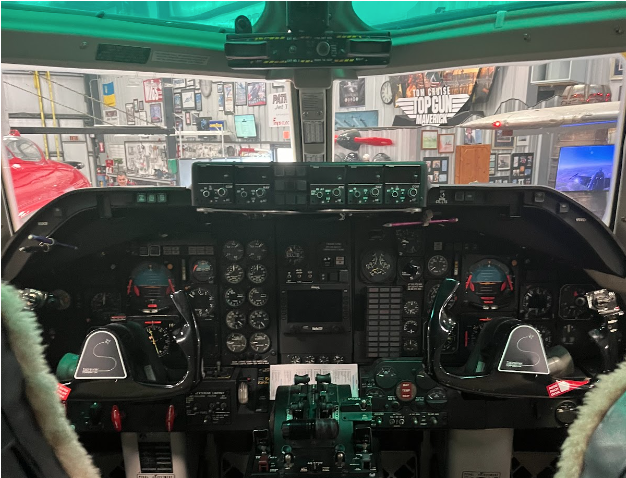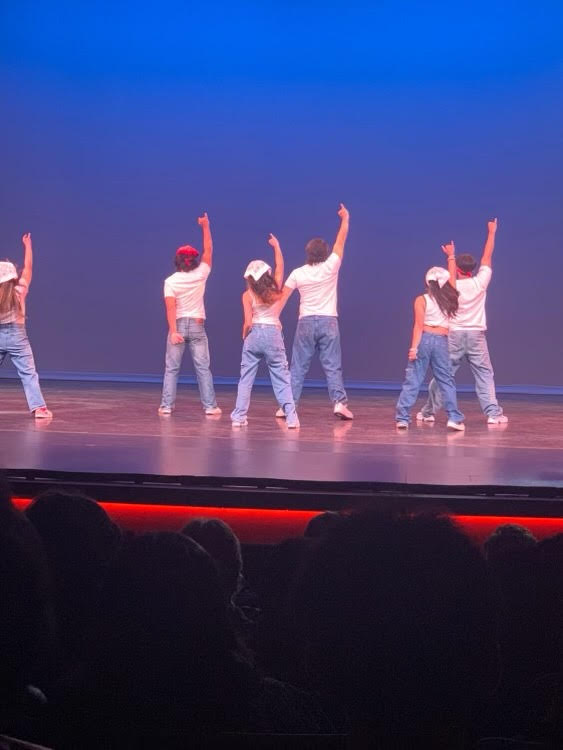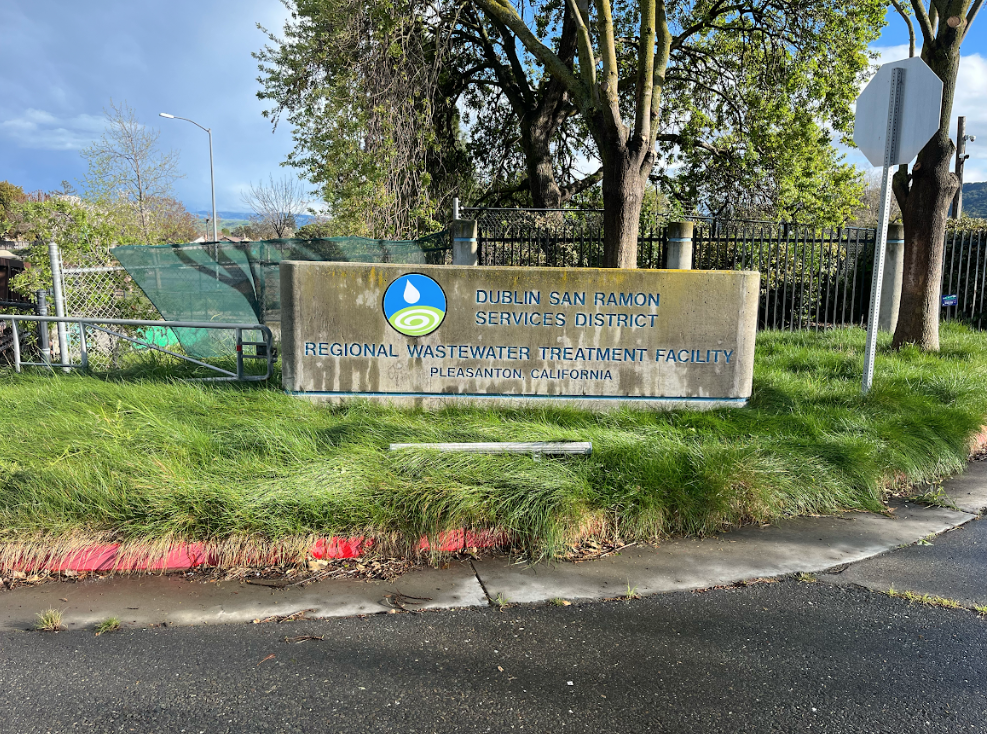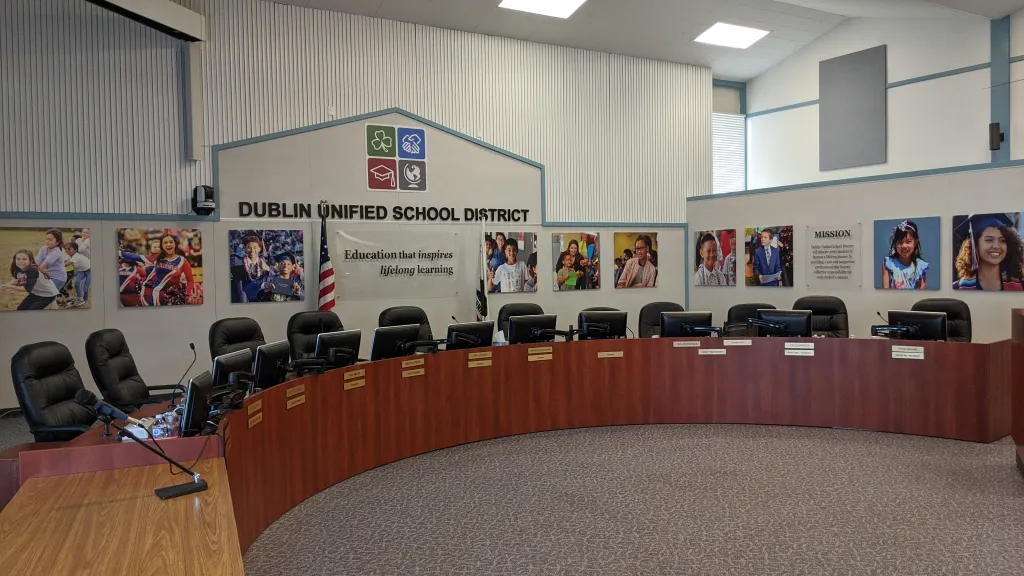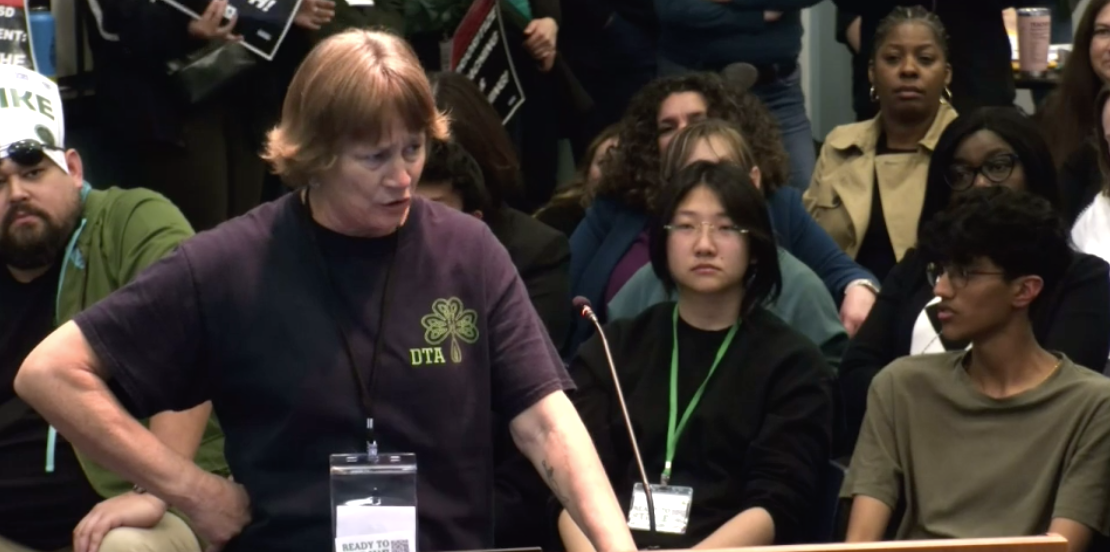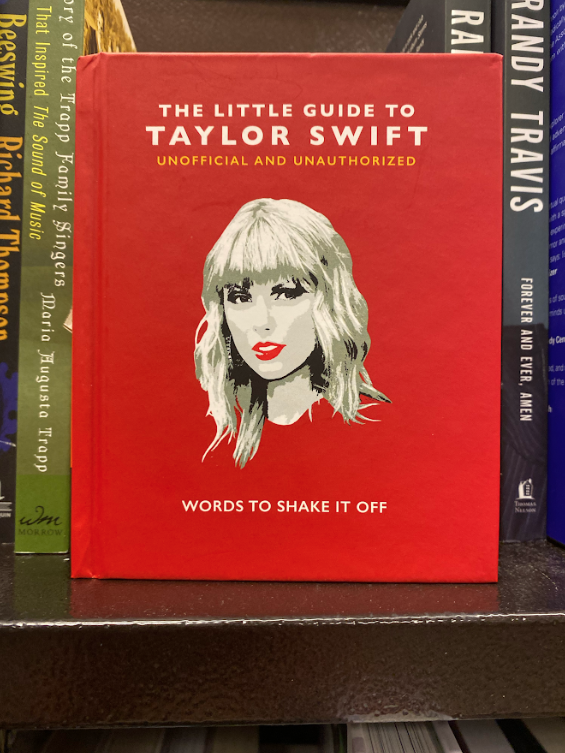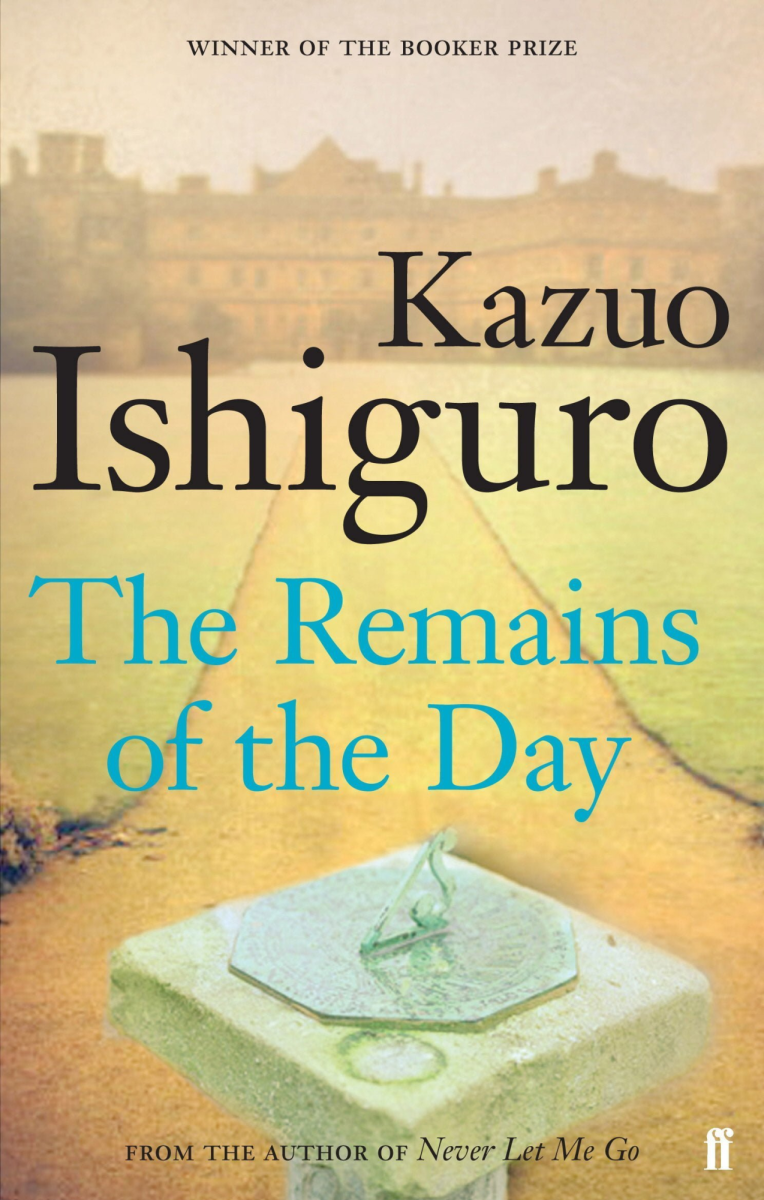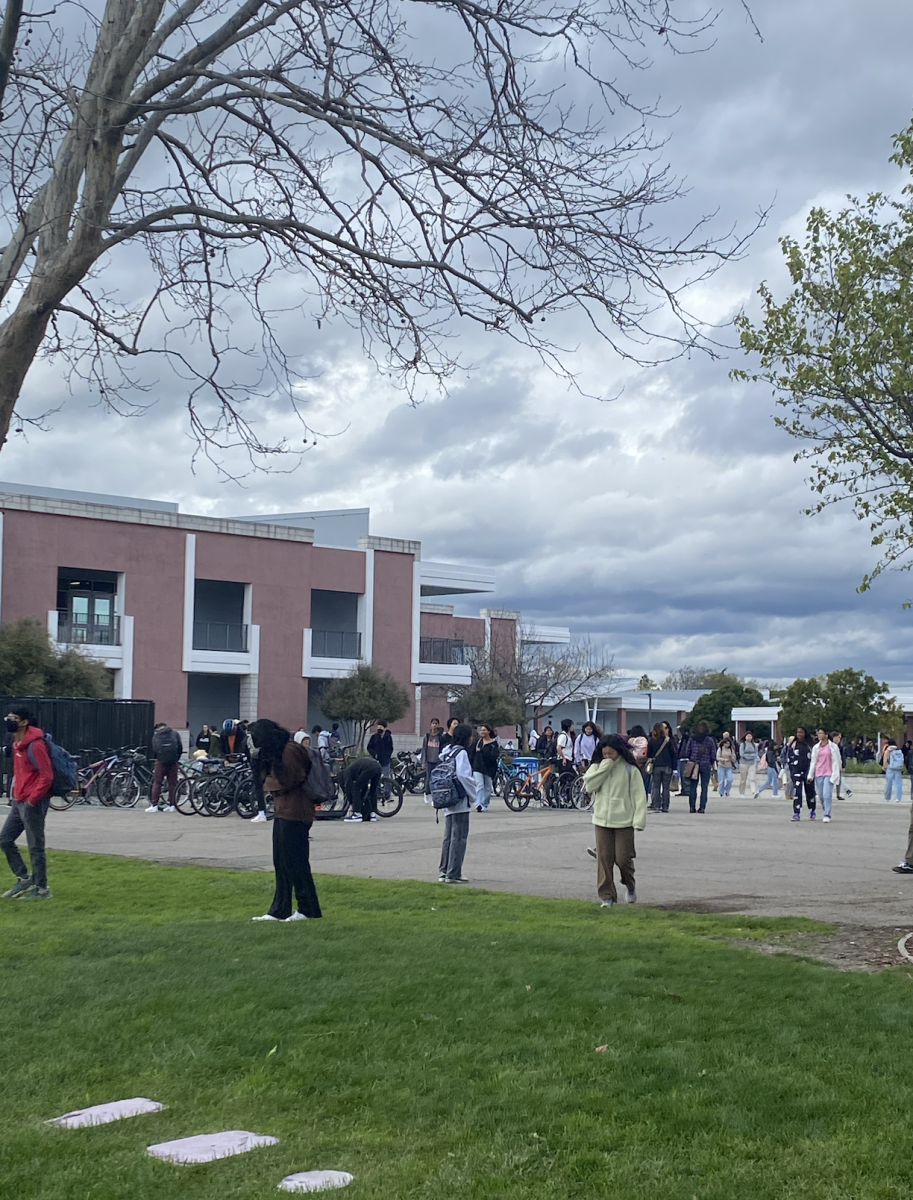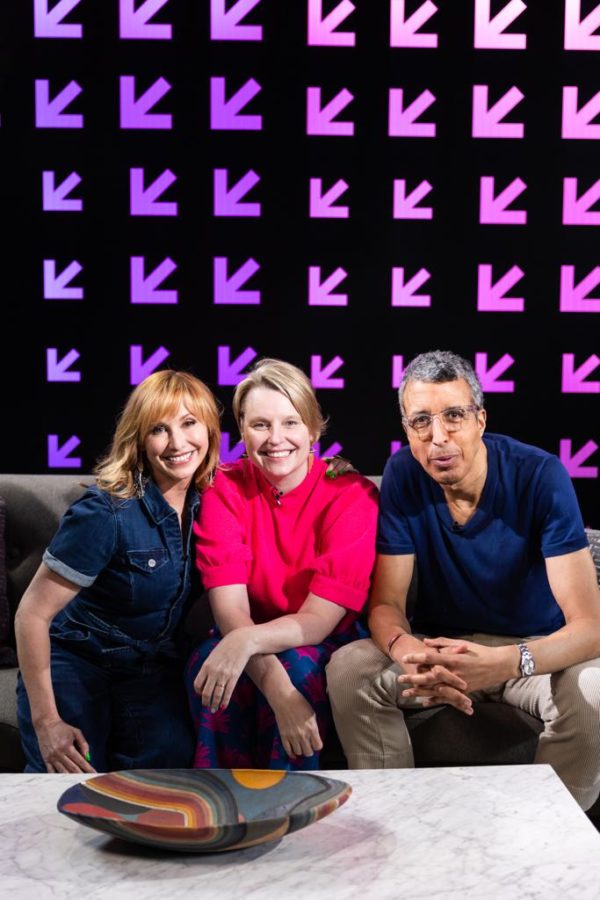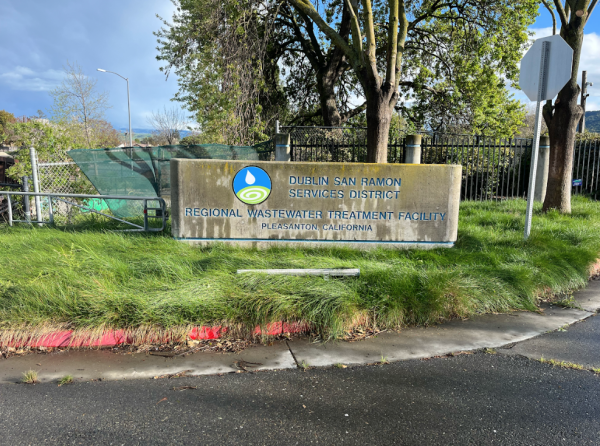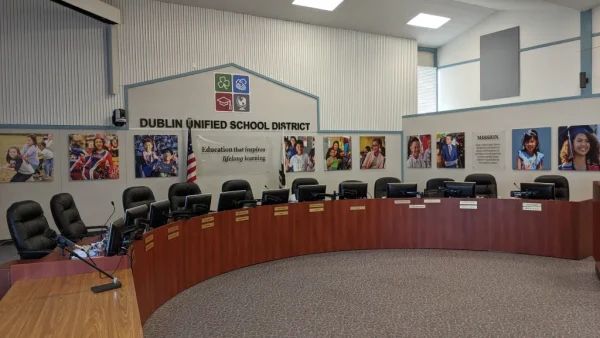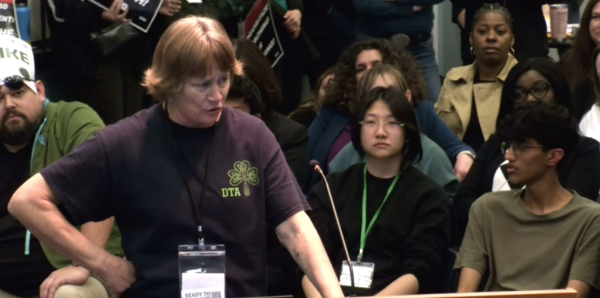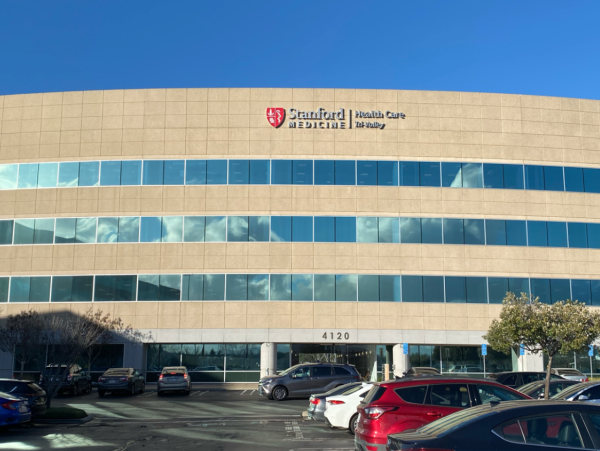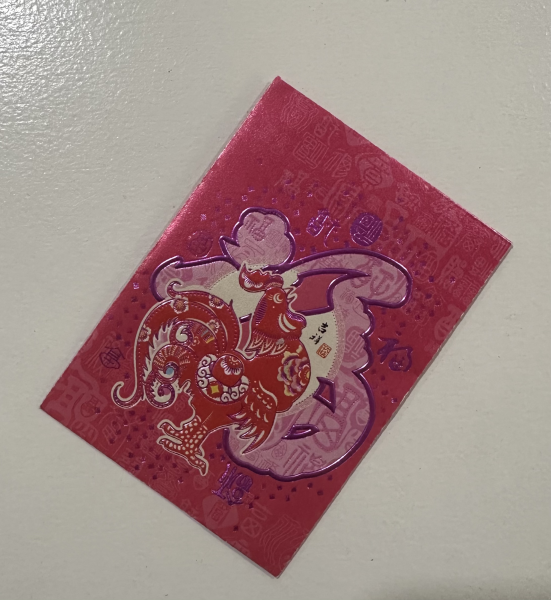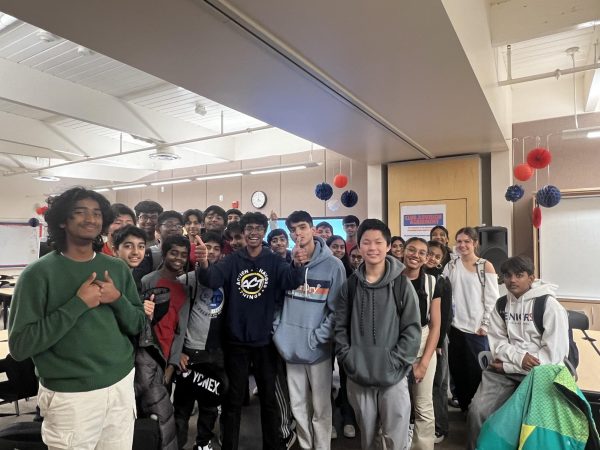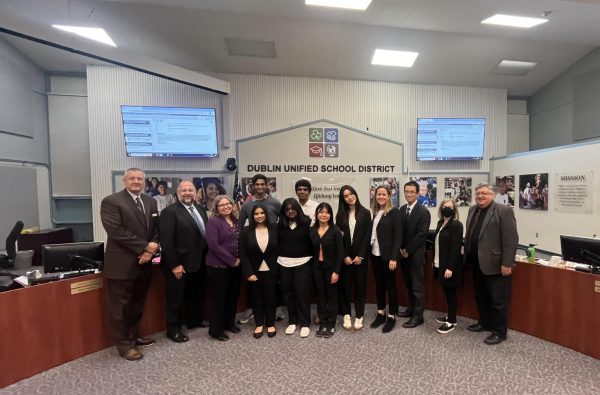EXPLR Media Founder Jenny Buccos on the Future of Education [INTERVIEW]
EXPLR Media is a digital media company that produces educational videos aimed at inspiring and empowering young people to become agents of change. They run two subscription-based streaming video and curriculum services, EXPLR Home and EXPLR Classroom, catering to grade 5-12 students, educators, and families. Through these platforms, EXPLR Media offers engaging and informative content that is designed to not only educate but also inspire its audience. Their videos are carefully crafted to provide a comprehensive understanding of complex subjects such as financial literacy, and even AI, while also encouraging critical thinking and problem-solving skills. EXPLR Media’s mission is to create a positive impact in the world by equipping young people with the knowledge and tools they need to effect change in their communities and beyond.
We recently sat down with Jenny Buccos, Founder & CEO of EXPLR Media, to discuss the inspiration behind the founding of EXPLR, and her vision on the future of education.
Summer Shi: I’ve read that EXPLR Media is often referred to as the Netflix of learning. Can you tell us a bit about how you came up with this idea?
Jenny Buccos: “The concept of the ‘Netflix of learning’ takes us back 20 years, when I began working in this field. We call it that because it resembles the user experience of platforms like Netflix, Amazon, and Hulu. It’s a web-based app platform that allows users to follow their curiosity, covering subjects like science, career exploration, financial literacy, and news for Gen Z and Gen Alpha. It’s designed to be accessible and user-friendly, easy for anyone over the age of three.
“When I mention that I’ve been doing this for 20 years, it’s worth noting that YouTube didn’t even exist when I started. My inspiration for founding the organization and my vision for its future are rooted in my personal experiences. My first job out of university was at an investment bank, where I was offered an opportunity to work in Hong Kong and Tokyo. At 23, I had never left the country before, and the experience of being immersed in different cultures, languages, and perspectives was both exciting and terrifying. It changed my life, and I wondered how different every student’s life could be if they were exposed to such experiences.
“After losing my job post-9/11, I used my severance package to become a filmmaker, producer, and educator, driven by the desire to create something truly meaningful based on my own experiences.”
Shi: What are some of the biggest challenges you face in providing high-quality educational resources, and how do you address them?
Buccos: “The biggest challenges I face include the high cost of producing good quality content, and being a woman in a male-dominated industry. Producing content that appeals to a wide audience and moves the needle on significant topics requires engaging storytelling, amazing music, and impressive graphics. This is why we strive for a ‘Netflix of learning’ level of production quality.
“Another challenge is being taken seriously as a woman in this industry. I have faced instances where people don’t take me seriously, even being called a ‘girl’ on set in my 40s. However, this also presents an opportunity for me to stand up for other women and underrepresented individuals. As a director and producer, I can cast people in front of and behind the camera to ensure every student feels seen, represented, and respected in the work we do.
“One of the ongoing challenges is addressing the needs of groups that feel unseen. It’s crucial for me to reach out to these communities, continue learning, and do our best to create videos and curriculum that cater to all students.”
You can see a sample of EXPLR video content here.
Shi: You mentioned prioritizing topics that students are interested in. Could you share some details about a few series that represent the best of what EXPLR Media has to offer?
Buccos: “Absolutely. We find that involving young people in storytelling and focusing on their interests is essential. Our most popular content covers topics such as climate change, single-use plastics, sustainability, and featuring people under 25 trying to solve these problems. We believe that young people are not just the future but also the present, as they are tech-savvy, know what they want their future to look like, and should be considered storytellers and leaders now.
“Students have expressed their interest in other topics like financial literacy, which we plan to address by creating content that doesn’t shame them about their current financial situations. It’s important to approach this subject with a sense of humor and make it engaging. Rather than just discussing checkbook balancing, we want to cover relevant topics like avoiding cryptocurrency scams and understanding student loans.
“Another important topic students are asking for is mental health. Additionally, we have noticed a growing interest in artificial intelligence, including concerns about AI taking jobs and how to find a career in the field. Ultimately, we aim to create content on climate change, sustainability, financial literacy, mental health, and AI that meets the demands of students and provides them with exactly what they are asking for.”
Shi: How do you ensure that your content is accurate, up-to-date, and relevant?
Buccos: “Ensuring accuracy involves thorough research and adhering to journalism principles, such as fact-checking multiple times. Owning the content allows us to make edits if mistakes are discovered. To keep our content up-to-date, we collaborate with current leaders and visionaries, focusing on the most recent and accurate information instead of relying on outdated research.
“Relevance is achieved by understanding our audience and listening to their wants and needs. We focus on real-world relevancy, and that involves carefully selecting who we put in front of the camera. We aim to present stories, experiences, and lived experiences that resonate with the audience we’re trying to reach.”
Shi: Can you talk about any partnerships or collaborations you’ve established with other organizations or institutions?
Buccos: “Certainly. I’m really excited about a partnership we announced last week at SXSW with a company called The News Movement. They focus on news in your social media feed, specifically designed for Gen Z and younger. This partnership is essential because there isn’t a straightforward on-ramp for young people to understand and engage with the news.
“For example, consider the situation in Ukraine. A young person might be expected to understand the complexities of the issue without prior knowledge, as if they’re jumping into season 5, episode 7 of a series. Our partnership aims to help young people start with season 1, episode 1, guiding them through understanding news sources, ensuring factual accuracy, questioning information, and following multiple sources.
“This partnership enables us to deliver news content every week in a style familiar to young people, using formats like TikTok. For instance, a story about Ukraine might begin with something relatable like dating during war, then gradually introduce the broader context and complexities. This human-centered approach helps young people better understand and engage with the news.”
Shi: How do you measure the impact of your programs on learners and educators?
Buccos: “We measure impact in two ways: qualitative and quantitative. Quantitative measurements include data such as usage, popular videos, likes, and shares, which are quite standard. Qualitatively, we work with teachers, students, and families, asking for feedback on what we did right, what we could improve, and what surprised or engaged them. We also ask about changes they observe in their students as a result of our content.
“For example, we produced a video on single-use plastics, which inspired a school in Upstate New York to petition their school to remove all Styrofoam from their cafeteria – a successful effort that demonstrates the impact of our content.”
Shi: What have you learned from the early adopters of EXPLR Media?
Buccos: “We’ve learned that users want more content, and they’re interested in topics like mental health, financial literacy, and future job prospects. We’ve also discovered a significant gap in helping people explore potential jobs in the next three to five years, as many current career advice resources focus on existing opportunities. With 70% of jobs that today’s graduates will hold in five years not yet existing, it’s important to prepare people for creativity, resilience, and adaptability, and help them become comfortable in uncomfortable situations.”
Shi: What are EXPLR Media’s core values?
Buccos: “Our core values are centered around the idea of ‘See it, be it,’ meaning that if you see something, you can become it. This is fundamental to everything we do. Additionally, we prioritize putting the student voice front and center in learning. We believe in regularly talking to students to understand their needs, making education better, more fun, engaging, and relevant to the real world.”
Shi: From the stories you’ve told on EXPLR Media, what makes you most hopeful for the future?
Buccos: “I find hope in stories featuring young people trying to solve the biggest challenges of our time. While our news cycle often focuses on doom and gloom or political divides, there are young people doing amazing things in their communities every day. Elevating these stories and witnessing their impact makes me feel hopeful and reinforces why I do what I do.”
Shi: Can you take us behind the scenes and explain the process of creating EXPLR content?
Buccos: “Creating a single ten-minute video takes about three to four months, not including fundraising. For instance, if we were to create a series on conscious fashion, it would take thirty days just to plan, research, cast, and determine filming locations. Filming itself takes about ten days, with a day and a half required to shoot ten minutes of content. After filming, there is a two-month post-production process that includes editing, reviewing the content with students, parents, teachers, and our staff, making changes based on feedback, adding graphics, sound, color, and writing lesson plans. Finally, we distribute the content to classrooms.
“The most surprising aspect of being a director and producer is the amount of time and money it takes to create high-quality content. About twenty people work on a ten-minute video, from planning to editing. It’s a huge undertaking, and when a piece of content is successful, it’s like a mini-miracle.”
Shi: Do you create all the scripts for each video, or how does that process work?
Buccos: “I’m responsible for high-level conceptualization, ensuring we create content for our target audience, which includes parents, caregivers, students, and teachers. For example, if students express interest in financial literacy, I would find a suitable presenter and identify six topics to cover. Then, I work with writers who develop the content in the desired direction and ensure it matches the presenter’s voice and style.
“For specialized topics like financial literacy, we also collaborate with experts to help with script writing. We can’t expect to be experts in everything, so we rely on professionals to provide accurate and relevant information.”
Shi: Do you offer professional development opportunities for educators, and how do you measure their effectiveness?
Buccos: “Yes, we absolutely offer professional development. It’s crucial for teachers. We focus on two areas: helping teachers become better storytellers in their classrooms and fostering global competence. Global competence is about working, communicating, and thriving in a globally interconnected world, not just geography.
“To measure the impact of professional development, we conduct pre-assessments in September and October to understand teachers’ starting points. We don’t focus on whether their students have all A’s but rather on factors like student engagement, curiosity, and excitement to learn. We also look for signs of empathy, student-driven learning, and whether students are eager to attend school every day. Through these qualitative assessments, we evaluate the effectiveness of our professional development programs.”
In addition to educational resources for students, EXPLR Media also provides professional development opportunities for educators. We highly recommend any student interested in learning about important topics to check out EXPLR Media’s content, and for educators, it is a valuable resource to improve teaching practices. With their dedication to education and commitment to providing quality resources, EXPLR Media is a platform that is paving the way for future education.
Your donation will support the student journalists of Dublin High School. Your contribution will allow us to purchase equipment and cover our annual website hosting costs.
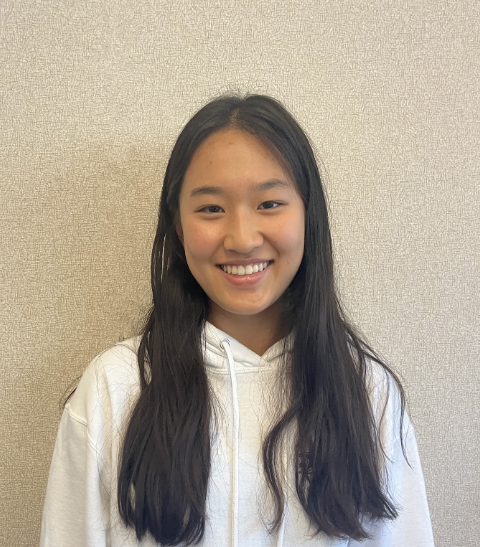
Summer joined the Dublin Shield to improve her writing skills but stayed for the friendly community and warm staff. It is Summer's fourth year on...


